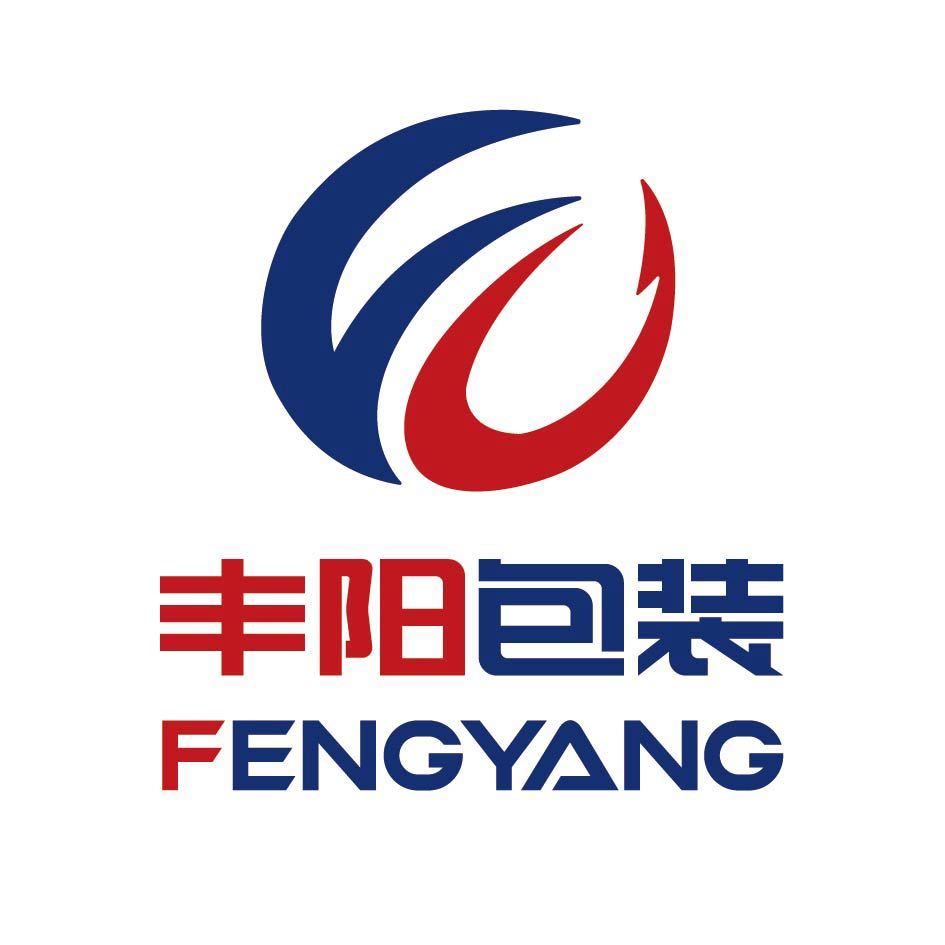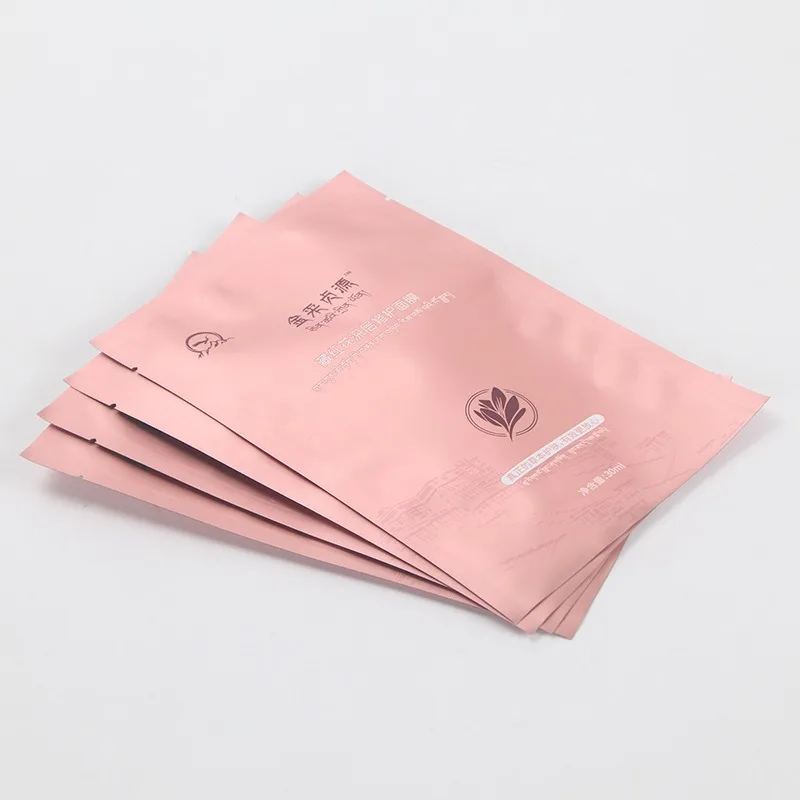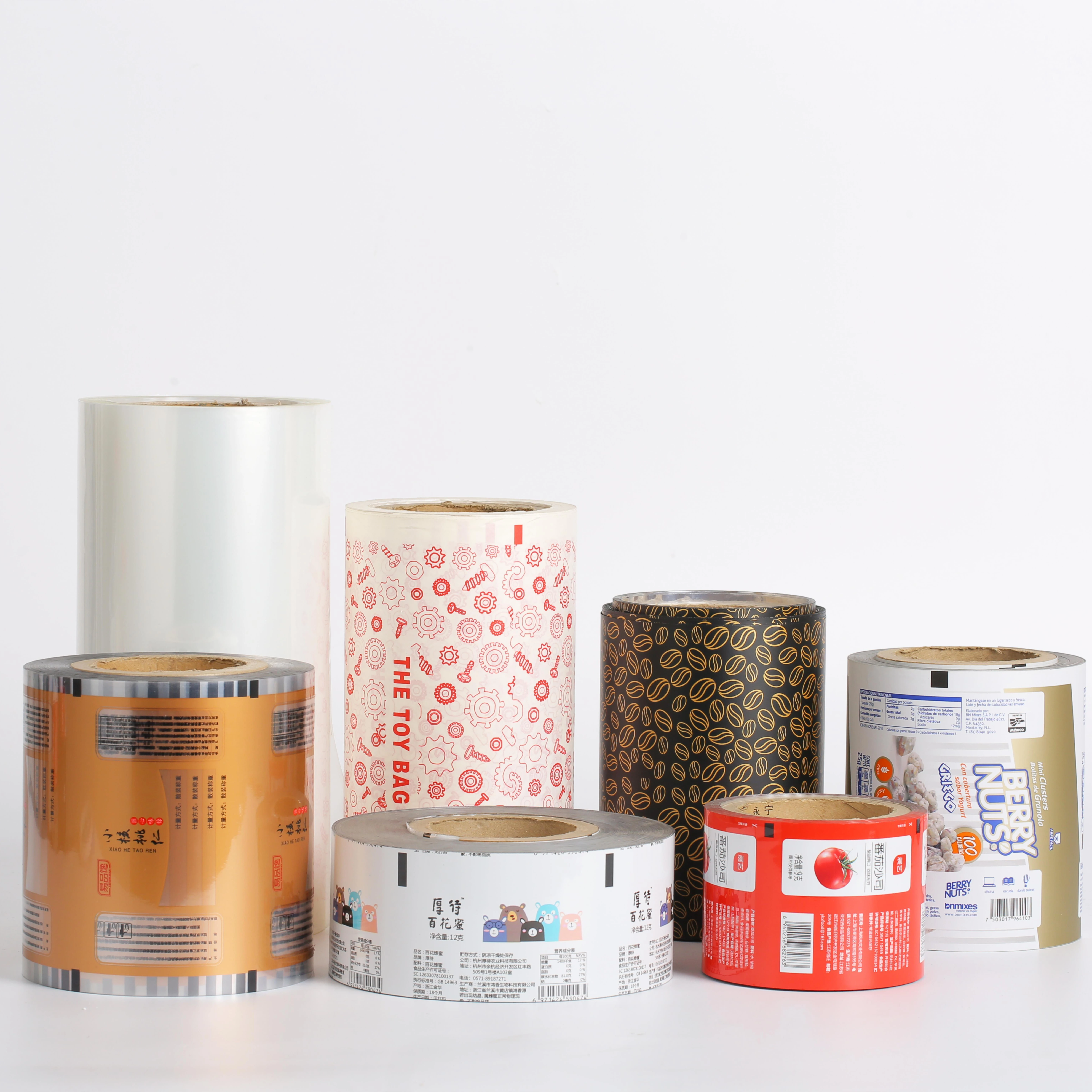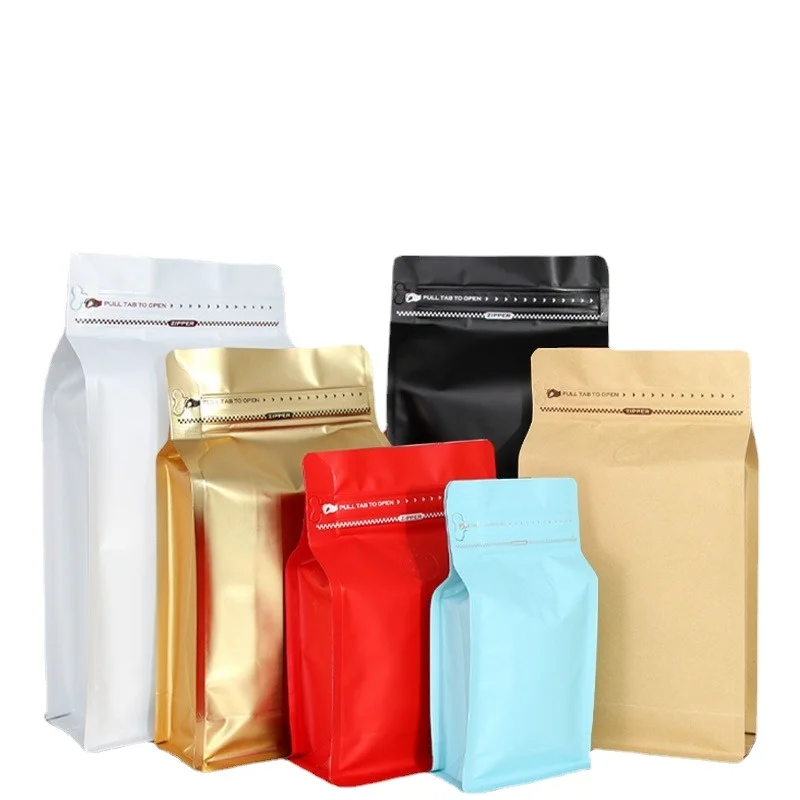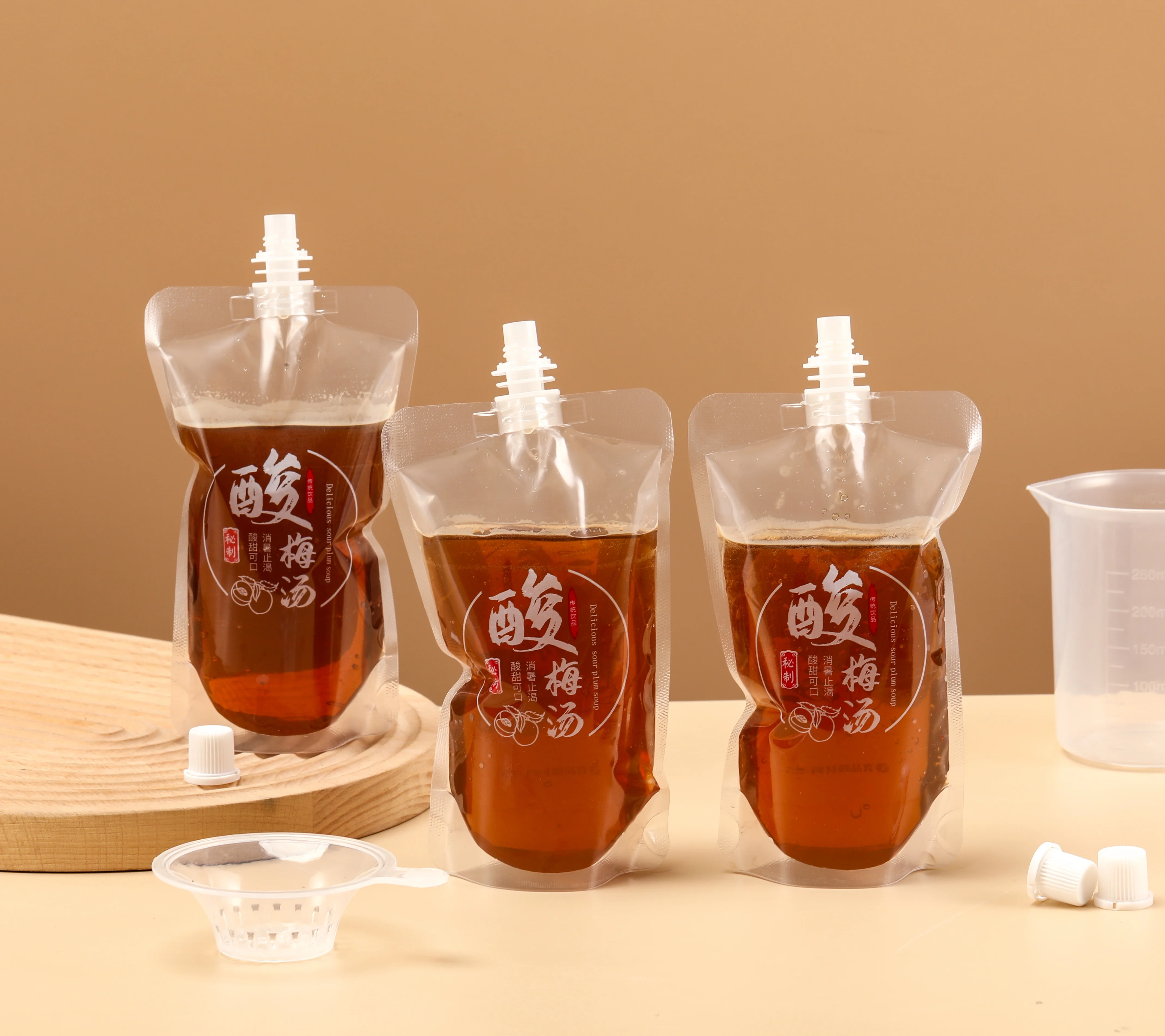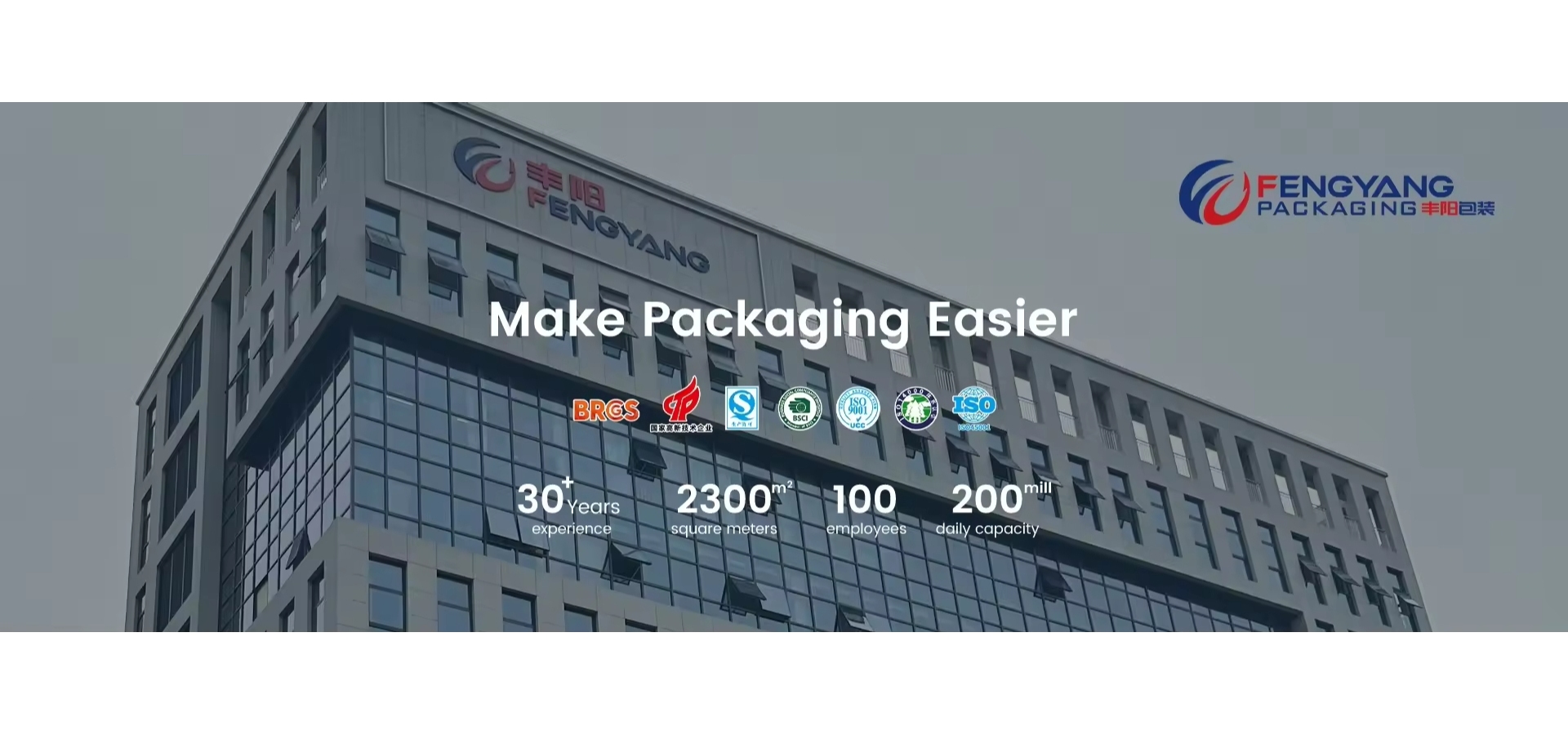
ABOUT
Wenzhou Fengyang Packaging Co., Ltd. is located in Cangnan County, Wenzhou City, Zhejiang Province, China's packaging and printing city. Founded in 2016, the company has a registered capital of 55.51 million yuan, an annual output value of 300 million yuan, a building area of 23000 square meters, more than 100 employees, a team of technical R&D engineers with 10 years of experience, and more than 10 patents for various packaging applications. It is a national high-tech enterprise in China and a technology-based enterprise in Zhejiang Province. The company has been focusing on the research and development and production of functional packaging products such as high barrier, light and heat avoidance, low-temperature freezing, high-temperature steaming, recycling, and degradability. The company has passed IS09001 quality management system certification, IS022000 food safety management system certification, etc. The products have passed multiple authoritative tests such as SGS,BSCI, and the materials comply with US FDA and EU standards. It is a technology-based manufacturing enterprise that integrates research and development, design, production, sales, and service.The company can support OEM, ODM customization, the main production of coffee bags, dog food bags, suction bags, self-supporting zipper bags. The company with excellent quality, good service, timely delivery to win the trust of customers at home and abroad.Thanks for the recognition of domestic and foreign customers, welcome to visit our factory at any time.
PRODUCTS
What is the most environmentally friendly and healthy material for water bag packaging
Bioplastics: A Promising but Imperfect Solution
Bioplastics, derived from renewable resources like corn starch or sugarcane, represent a significant step forward compared to traditional petroleum-based plastics. They offer the potential for biodegradability, reducing landfill burden and the long-term pollution associated with persistent plastics. However, the "biodegradable" label requires careful scrutiny. Many bioplastics require specific composting conditions (industrial composting facilities, not home composting) to break down effectively. If disposed of incorrectly, they can persist in the environment for considerable periods.
Furthermore, the production of bioplastics isn't without its environmental footprint. Cultivating the necessary crops can consume significant land and water resources, potentially impacting food production and biodiversity. The overall environmental benefit hinges on the sustainability of the sourcing and processing methods employed.
Paper-Based Packaging: A Familiar but Challenging Option
Paper, a readily available and renewable resource, offers a seemingly attractive alternative. It's biodegradable and recyclable, offering a more sustainable end-of-life scenario compared to many plastics. However, the water-resistant properties necessary for water bag packaging often require significant coatings and linings, frequently made from plastics or other potentially harmful chemicals. These coatings can negate the environmental benefits, making the overall impact comparable to traditional plastic pouches.
Additionally, paper production requires substantial energy and water, contributing to greenhouse gas emissions and water depletion. The sourcing of paper (from responsibly managed forests) is critical to mitigate the environmental impact. The manufacturing process itself needs scrutiny, as bleach and other chemicals can contaminate the resulting package.
Recycled PET: A Compromise Between Convenience and Sustainability
Recycled polyethylene terephthalate (rPET) offers a middle ground. While still a plastic, using recycled material reduces the demand for virgin plastic, lowering the overall environmental impact. The recycling infrastructure is reasonably established in many parts of the world, facilitating proper disposal and reuse. However, the quality of recycled PET can vary, and the recycling process itself consumes energy.
Moreover, the effectiveness of recycling depends on consumer participation and efficient collection systems. Contamination of recycled PET can render it unsuitable for reuse, undermining its sustainability benefits. The true environmental impact rests on the effectiveness of the recycling loop.
The Future: Innovation and Collaboration
Ultimately, there's no single "perfect" material for water bag packaging. The best choice involves a multifaceted evaluation, considering the material's lifecycle impact, the availability of appropriate recycling infrastructure, and the feasibility of sustainable sourcing and manufacturing processes. Ongoing research into biodegradable and compostable alternatives, alongside advancements in recycling technology, offer promising avenues for improving the sustainability of water bag packaging. Collaboration among producers, consumers, and policymakers is crucial to drive the adoption of more environmentally friendly and healthy options.
Consumers can play a role by choosing products packaged in more sustainable materials, supporting companies committed to environmental responsibility, and participating actively in recycling programs. A holistic approach, combining innovation with responsible consumption and waste management, is essential to minimize the environmental footprint of this ubiquitous product.
SUBSCRIBE
INQUIRY
